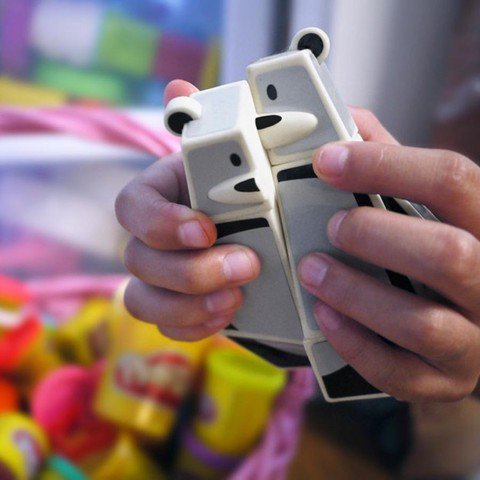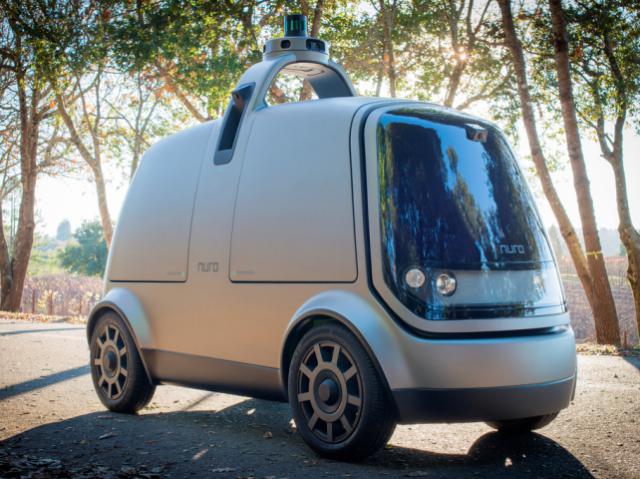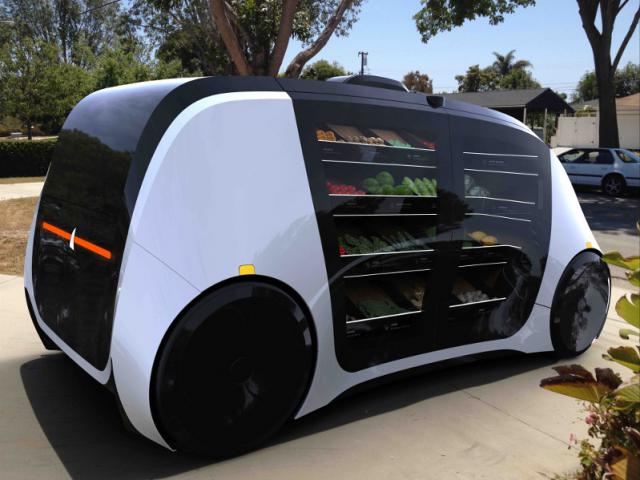Ozo the Bear is the Most Amazing 3D Printed Toy You’re Likely to See
26 February 15Ozo the Bear is the Most Amazing 3D Printed Toy You’re Likely to See
The Rubik’s Cube is the iconic 3D puzzle which sprung from the fertile mind of Hungarian sculptor and professor of architecture Ernő Rubik back in 1974. When Rubik licensed the invention to Ideal Toy Corp. in 1980, it took off like wildfire and by 2009, over 350 million copies of the cube had been sold.
Those numbers made the Rubik’s Cube the world’s best-selling puzzle game — and perhaps even the world’s best-selling toy.

Emmanuel Carrillo
The standard Rubik’s Cube features six faces covered by nine stickers of one of six colors. The white, red, blue, orange, green, and yellow surfaces can be arranged, via an internal pivot mechanism, to allow each face to turn independently to scramble the colored facets. To solve the puzzle, each facet is returned to position so that the sides make up a single block of color.
Now Emmanuel Carrillo, a designer at Fossil working on the Adidas team, has developed a ‘twistable’ children’s puzzle based on the Rubik’s Cube which can be 3D printed, and it’s nothing short of delightful.
Carrillo came up with the design while he was a student at the University of Cincinnati, and he says the idea was to take the traditional Rubik’s Cube and reinterpret it into a more kid-friendly form.

“I took my 3D printed prototype and made silicone molds so that I could make multiple copies of the puzzle,” Carrillo says. “I’m an industrial design graduate from the University of Cincinnati, and I enjoy soccer, fixed gear bicycles, rubik’s cubes and I love a good burger and southern style sweet tea. When I’m not designing, you can find me in my shop working on my next DIY project. There is never a shortage of half-finished projects on my desk.”
The result, “Ozo the Bear,” is wonderful indeed.
Carrillo says every part of this most excellent toy can be built on a conventional, personal FDM printer, and all the files to make Ozo the Bear can be downloaded for free at Cults3D.com.
“If you make one of these and post it to social media, please use the #OzoBear tag so I can check it out,” Carrillo says.

The bears shown on Cults3D were printed at .25mm layer height with no support, and the body parts were printed together — but the pin was printed separately. Test parts were printed on a Polyprinter 229 at 25% infill between 180 and 200 mm, and the project took 4 hours.
What do you think of Ozo the Bear? Have to have one for the kids? Let us know in the Ozo the Bear forum thread on 3DPB.com. Check out more photos, and a quick video of Ozo’s movement capabilities, below.
Subscribe
Latest News market innovation



